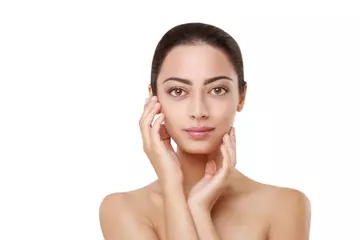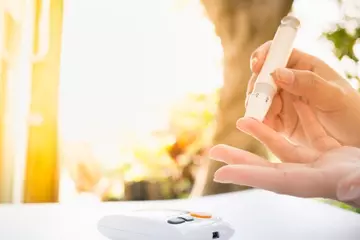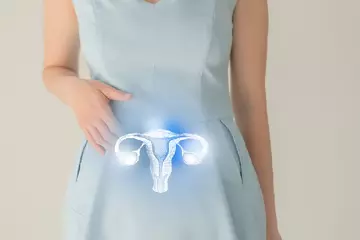What is seborrheic keratosis?
Seborrheic keratosis is a common, non-cancerous skin growth, which is typically seen in older individuals. In most cases, it is harmless but has an unsightly appearance.
What are its main signs and symptoms?
This type of growth can appear on the face, back, shoulders or chest. It is less commonly on the scalp.
- It has a waxy, elevated appearance and the growth is typically a few centimetres in size.
- The colour of the round or oval growth may be tan or dark brown, sometimes even black.
- Seborrheic keratotic growths are typically described as growths having a “pasted on” look.
- These are rarely painful but can be itchy, especially when they come in contact with clothing or accessories.
- Based on the appearance, they can be differentiated into several morphological patterns.
What are the main causes?
There is no exact cause of this rare condition. However, older individuals are more commonly affected.
- A family history of seborrheic keratosis is a known risk factor.
- Insufficient evidence suggests that this growth can appear in those with frequent sun exposure.
- This growth is not contagious and hence cannot be transferred by contact.
How is it diagnosed and treated?
A doctor can diagnose the condition by looking at the patches. However, to rule out melanoma, or any other malignancy, a biopsy of the tissue is advised. Usually, other diagnostic tests are not needed.
Conventionally, treatment is not needed. The growth may have to be removed if it becomes too itchy or painful. For cosmetic reasons too, seborrheic keratosis may have to be removed. There are different ways of surgically removing this growth.
- They can be removed with the help of lasers, or through cryosurgery which uses liquid nitrogen.
- Electrosurgery is another method to get rid of the growth. This uses electric currents to remove keratosis.
- Another surgical method is curettage, which involves scooping out the growth.
Though there isn’t much chance of recurrence in the same spot, it is likely that the growth can occur in some other part of your body.

 Doctors for Keratosis, Seborrheic
Doctors for Keratosis, Seborrheic  OTC Medicines for Keratosis, Seborrheic
OTC Medicines for Keratosis, Seborrheic



















